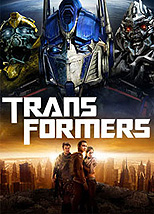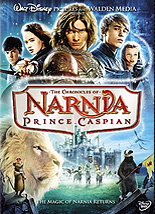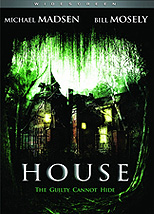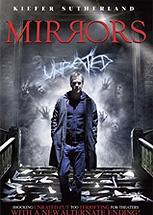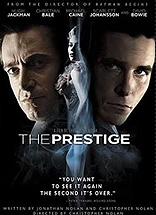NEWS
12.04.09
Disney's A Christmas Carol
"Disney's A Christmas Carol," a multi-sensory thrill ride re-envisioned by Academy Award®-winning filmmaker Robert Zemeckis, captures...
Read more11.04.09
Where the Wild Things Are
Innovative director Spike Jonze collaborates with celebrated author Maurice Sendak to bring one of the most beloved books of all time to the big screen in "Where the Wild Things Are,"...
Read more10.04.09
The Box
Norma and Arthur Lewis are a suburban couple with a young child who receive an anonymous gift bearing fatal and irrevocable consequences.
Read moreCOMING SOON!
The Princess and the Frog

Walt Disney Animation Studios presents the musical "The Princess and the Frog," an animated comedy set in the great city of New Orleans...
Read moreThe Princess and the Frog

Walt Disney Animation Studios presents the musical "The Princess and the Frog," an animated comedy set in the great city of New Orleans...
Read more





